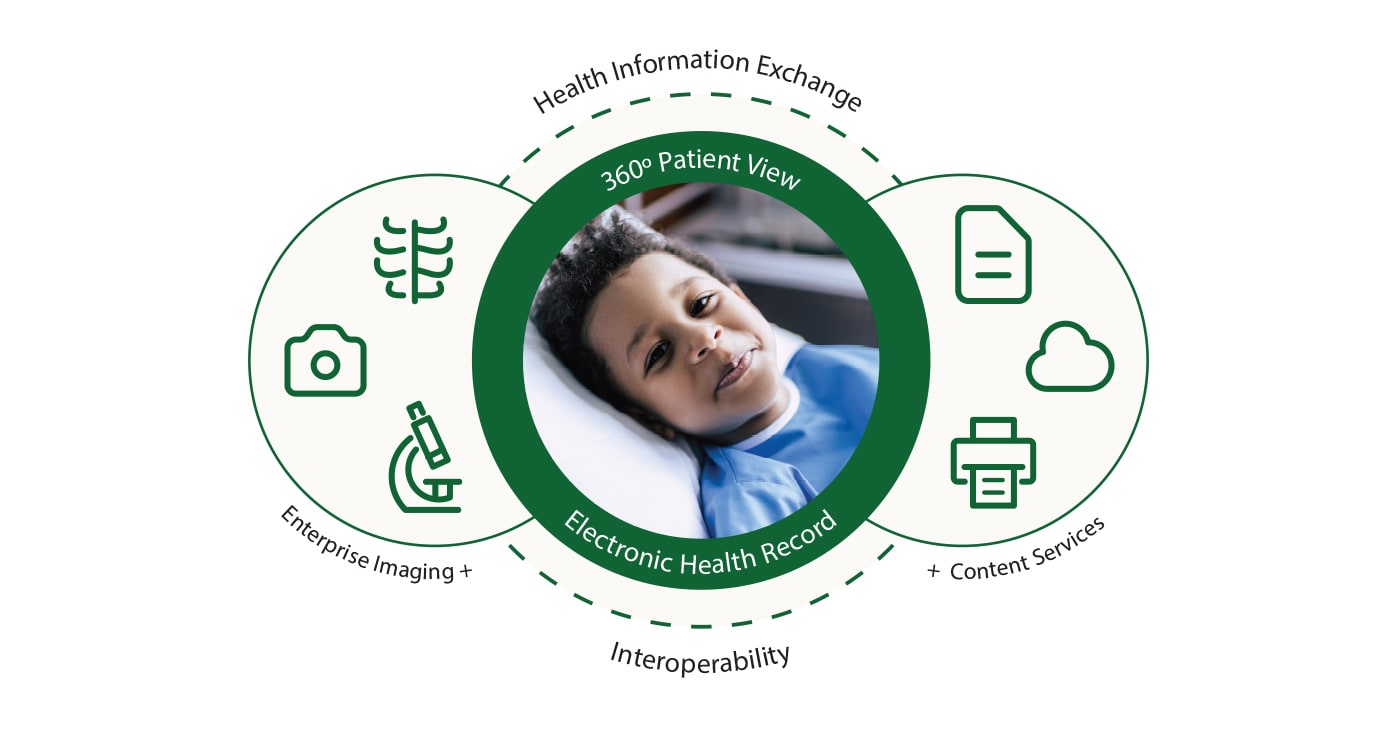A Comprehensive Overview on How Medical Care RCM Functions to Enhance Payment and Collections
Navigating the intricacies of healthcare income cycle administration (RCM) is vital for providers intending to enhance their invoicing and collections processes. The overview unpacks the intricacies of RCM, from person enrollment to accounts receivable monitoring, providing understandings into maximizing each action.
Understanding Earnings Cycle Management
RCM is an important administrative function that incorporates the entire economic process of patient treatment, from the initial consultation establishing to the last settlement of the balance. It is a complex treatment developed to determine, collect, and handle the earnings from the services given to clients.
The RCM process begins when a client schedules an appointment and prolongs with the individual's treatment journey, consisting of billing and collections. An essential purpose is to minimize the time between giving a solution and getting repayment, therefore improving the organization's economic health and wellness. RCM includes different features such as patient enrollment, insurance coverage confirmation, cost capture, coding, asserts submission, settlement posting, and taking care of denials and allures.
Key Components of RCM
In the realm of Revenue Cycle Administration (RCM), comprehending its vital components is essential to accomplishing economic performance within medical care organizations. RCM is a detailed procedure that includes different phases, each important to guaranteeing effective payment and collections. The primary components include patient enrollment, insurance confirmation, fee capture, coding, insurance claim entry, repayment uploading, and balance due monitoring.


When coded, claims are sent to payers, where accuracy is vital to stay clear of beings rejected or delays - Healthcare RCM. Settlement publishing includes videotaping the gotten repayments, which permits the settlement of accounts. Finally, receivables monitoring focuses on monitoring and resolving unpaid claims, making certain timely follow-up and resolution
Each component of RCM is interconnected, and inadequacies in any part can interrupt the whole cycle. For that reason, understanding these components is necessary for health care service providers to enhance profits and boost their economic wellness.
Approaches for Efficient Payment

Systematizing payment procedures across the company is another essential strategy. Establishing clear standards for documents, coding, and submission helps keep consistency and conformity with regulatory demands. Educating staff routinely on these treatments ensures everyone is updated with the most recent changes in billing codes and payer policies.
Accurate charge capture is essential in preventing income leak. Implementing normal audits and tracking systems enables the identification and improvement of inconsistencies prior to they impact revenue. In addition, maintaining open lines of interaction with payers assists to swiftly deal with any type of conflicts or misconceptions that may emerge.

Last but not least, appealing individuals early in the invoicing procedure by offering clear estimates and academic products about their economic obligations can significantly decrease confusion and improve repayment timeliness. These methods collectively add to an extra monetarily healthy and balanced and reliable billing system.
Enhancing Collections Procedures
A durable collections process is vital for maintaining monetary security within healthcare companies. Offered the complexities of medical billing and the selection of payer demands, enhancing the collections process entails carrying out calculated procedures that make certain timely and precise payment of services provided. Central to this is the use find here of modern technology to automate and streamline processes, enhancing and decreasing manual errors performance. Automation tools can aid in tracking claim statuses, sending out prompt reminders to individuals, and taking care of rejections better.
Transparent and clear patient communications are essential. Giving comprehensive descriptions of costs and using adaptable payment plans can enhance person complete satisfaction and punctual payments.
Normal audits of the collections process need to be conducted to determine locations for improvement and make sure conformity with laws. By analyzing information, medical care companies can determine fads, prepare for potential concerns, and adapt approaches appropriately (Healthcare RCM). Eventually, a well-enhanced collections process not only supports financial health and wellness yet also contributes to a much more seamless experience for patients and team alike
Optimizing Income Streams
Structure upon the foundation of a solid collections process, medical care companies can additionally bolster their economic stability by purposefully maximizing profits streams. This includes a multi-faceted approach, beginning with a thorough analysis of existing profits sources to recognize ineffectiveness and areas for development. Utilizing sophisticated information analytics tools allows organizations to acquire insights into payer mix, individual demographics, and solution usage patterns, allowing for data-driven decisions click here now that enhance revenue capture.
Applying automated billing systems can substantially lower mistakes and accelerate insurance claims processing, ensuring that revenue is accumulated more efficiently. Additionally, enhancing payer agreements via regular arrangements can improve compensation rates and terms, directly influencing the lower line. Expanding service offerings, such as including telehealth or health programs, can additionally draw in a wider patient base, therefore enhancing profits possibility.
Another vital part is enhancing patient interaction and contentment, as pleased patients are most likely to abide by treatment strategies and make prompt repayments. Supplying versatile payment options and clear payment methods can boost collections and foster patient commitment. Healthcare RCM. By adopting these approaches, medical care organizations can develop a more resistant financial structure, making certain sustained development and stability in an ever-changing industry landscape
Conclusion
To conclude, healthcare Income Cycle Monitoring (RCM) plays a critical role in enhancing billing and collections procedures by incorporating essential elements such as person registration, insurance policy verification, cost capture, coding, declares submission, and balance due administration. By using innovative technology, systematizing treatments, and cultivating person interaction, doctor can considerably reduce insurance claim rejections, accelerate payment cycles, and enhance money circulation. This extensive strategy to RCM inevitably results in improved financial effectiveness and sustainability for medical care organizations.
The RCM process starts when a person routines an appointment and expands with the person's care trip, consisting of billing and collections.Another crucial element is boosting individual interaction and contentment, as completely satisfied people are a lot more most likely to stick to treatment strategies and make prompt settlements. Supplying versatile payment options and transparent invoicing techniques can enhance collections and foster person loyalty.In conclusion, medical care Revenue Cycle Administration (RCM) plays an essential function in maximizing invoicing and collections procedures by integrating vital elements such as individual registration, insurance coverage confirmation, cost capture, coding, asserts submission, and accounts receivable management. By employing innovative modern technology, systematizing procedures, and fostering patient interaction, healthcare companies can substantially decrease insurance claim rejections, speed up payment cycles, and enhance browse around this web-site money circulation.